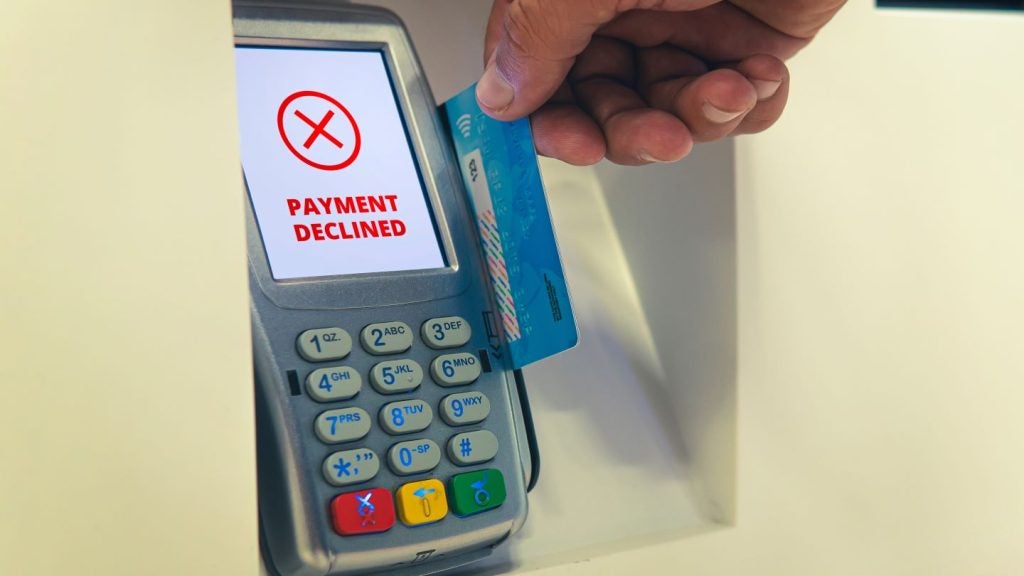
Velo has formed partnerships between its Orbit crypto merchant network and leading Point-of-Sales (POS) networks and plans to achieve 500,000 users in Orbit by the end of the year. This is part of Velos goal of marking a leap towards the integration of cryptocurrency in everyday transactions.
This enables payments through QR code scans, allowing customers to use cryptocurrencies instead of swiping a card.
Orbit, a technology developed by Velo Labs, facilitates a crypto transaction experience for merchants and consumers alike. By partnering with POS networks, Orbit is bridging the gap between traditional retail payment systems and the burgeoning world of cryptocurrency, offering a versatile and secure payment solution.
Through this partnership, merchants connected to these POS networks will gain access to Orbit’s crypto payment processing capabilities. This allows for a broad spectrum of cryptocurrencies to be accepted at points of sale and instantly converted to fiat currency to ensure merchants receive payments in a stable and familiar form. This dual functionality not only opens new revenue streams for businesses but also caters to the increasing consumer demand for flexible digital payment options.
A step towards making crypto transactions an everyday act?
At the core of this initiative is Orbit’s advanced technology platform, which integrates seamlessly with existing POS systems, enabling quick and secure QR code-based crypto transactions. This approach ensures that both merchants and customers have a smooth and efficient payment process.
This partnership is an example of Velo Labs’ commitment to expanding financial inclusivity and innovation. By connecting Orbit’s crypto merchant network with traditional retail POS systems, Velo Labs is not just facilitating another payment method but is actively participating in the evolution of global financial services, making digital currencies an integral part of daily commerce.
By enabling crypto payments, Velo Labs is not only expanding the utility of cryptocurrencies but also providing merchants and consumers with more choices and flexibility in how they transact.







